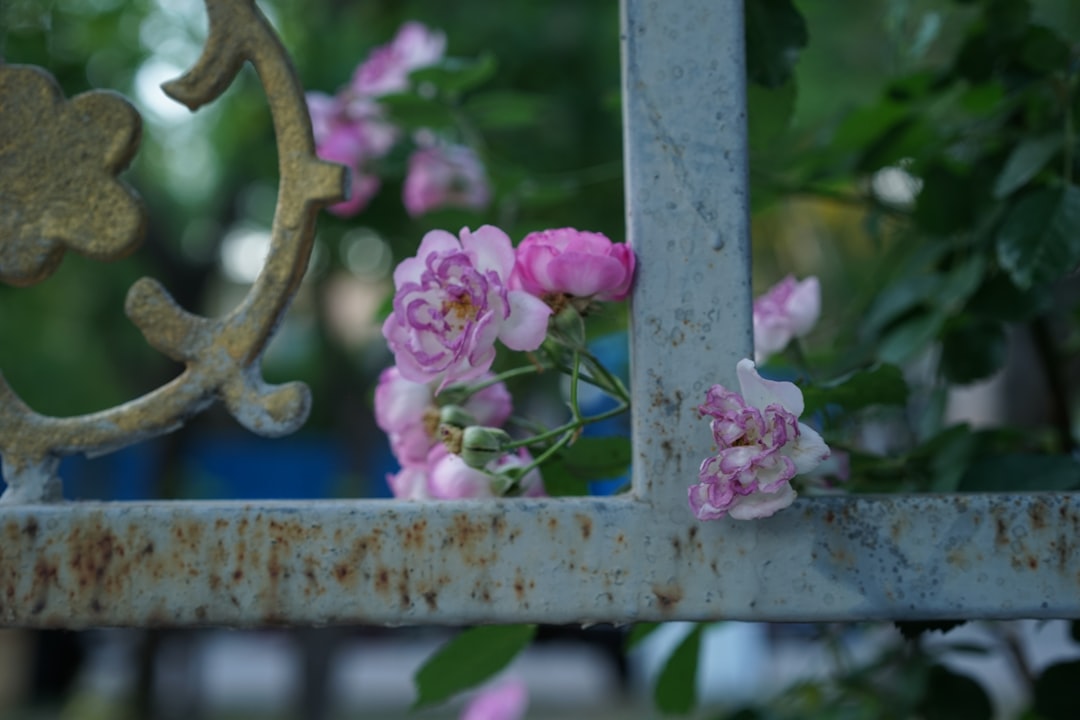Unveiling the Secrets of Coneflower Cultivation

Coneflowers, those vibrant and resilient North American native perennials, have captured the hearts of gardeners far and wide. With their diverse varieties, these flowers bring a splash of color and a touch of wild beauty to any garden. In this article, we'll explore the essential tips for growing coneflowers successfully.
### Understanding Coneflowers
Coneflowers belong to the genus Echinacea, and they come in a range of species and cultivars. The most common type is Echinacea purpurea, known for its purple - pink petals and prominent cone - shaped centers. Other varieties include Echinacea pallida with pale pink flowers and Echinacea paradoxa, which features bright yellow blooms.
### Choosing the Right Location
One of the first steps in growing coneflowers is selecting the appropriate location. These plants thrive in full sun, which means they need at least 6 to 8 hours of direct sunlight per day. A sunny spot in your garden will ensure that the coneflowers produce abundant flowers and have strong, healthy stems. They can tolerate some light shade, but too much shade will result in leggy growth and fewer blooms.
The soil should be well - drained. Coneflowers do not like to have their roots sitting in waterlogged soil, as this can lead to root rot. You can improve the drainage of heavy clay soils by adding organic matter such as compost or well - rotted manure. Sandy soils, on the other hand, can benefit from the addition of organic matter to help retain moisture and nutrients.
### Planting Coneflowers
You can start coneflowers from seeds or purchase young plants from a nursery. If you're starting from seeds, sow them indoors about 8 to 10 weeks before the last frost date in your area. Use a seed - starting mix and keep the soil moist but not soggy. Once the seedlings have developed a few sets of true leaves, you can transplant them outdoors after the danger of frost has passed.
When planting young coneflower plants, dig a hole that is slightly larger than the root ball. Place the plant in the hole, making sure that the top of the root ball is level with the soil surface. Backfill the hole with soil and gently firm it around the plant. Water thoroughly to settle the soil.
### Watering and Fertilizing
Newly planted coneflowers need regular watering to establish their roots. Water deeply once or twice a week, depending on the weather conditions. Once the plants are established, they are relatively drought - tolerant. However, during long periods of dry weather, it's still a good idea to water them occasionally to keep them looking their best.
Fertilizing coneflowers is not always necessary, but a light application of a balanced fertilizer in the spring can help promote healthy growth and more abundant blooms. Avoid over - fertilizing, as this can lead to excessive foliage growth at the expense of flowers.
### Pruning and Deadheading
Deadheading, or removing spent flowers, is an important practice for coneflowers. This not only keeps the plants looking tidy but also encourages them to produce more blooms. Simply snip off the faded flowers at the base of the flower stem. In the fall, you can leave some of the seed heads on the plants. These seed heads provide food for birds during the winter months and can also self - sow, giving you new coneflower plants in the following years.
### Pest and Disease Management
Coneflowers are generally resistant to most pests and diseases. However, they can sometimes be affected by aphids, spider mites, or powdery mildew. To control aphids and spider mites, you can use a strong stream of water to wash them off the plants or apply an insecticidal soap. Powdery mildew can be prevented by providing good air circulation around the plants and avoiding overhead watering.
In conclusion, growing coneflowers can be a rewarding experience. By following these essential tips on location, planting, watering, fertilizing, pruning, and pest management, you can enjoy a beautiful display of these native perennials in your garden year after year.